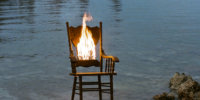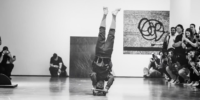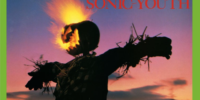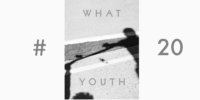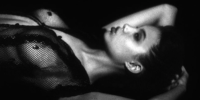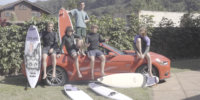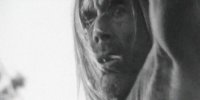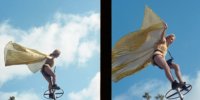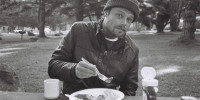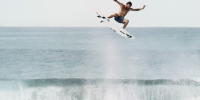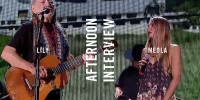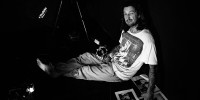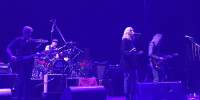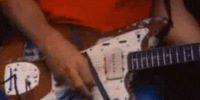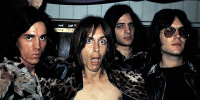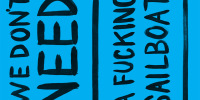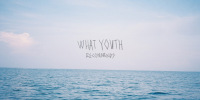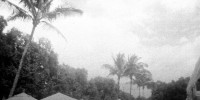One of the most iconic music photographers of our generation, Danny Clinch was generous enough to open his archives to What Youth for our last issue. We we got was an authentic look into what makes the legend tick. From Iggy Pop to Tupac and Sonic Youth, Danny solidified his spot in music history working hard from a young age. We were lucky enough to catch him in between organizing the Sea Hear Now Festival in his beloved Asbury Park and shooting his next big campaign. –WY

WY: When one look’s at your work, it is candid and provides a lot of access to the artists. How did you start your career in the music world?
Danny Clinch: Everything is all about relationships. When I was younger with my friends, I was always sneaking my camera into shows. They would know I was gonna disappear for most of the show to sneak up front and get some photographs [laughs]. As I grew up a bit people started to ask me, “What do you wanna do with your life?” I’d say, ‘I like this photography thing, and I like to draw.’ So I went to community college for two years, and then photography school in Boston. One of the workshops I did was with Amy Levitt. I received an internship from her to work in her studio. That opened a lot of doors, and it was all about the relationships. Working with someone like her, you’re working with the best producers, assistants, stylists…so it was my first big break. Hip Hop was starting to come up. I had the opportunity to shoot Third Base for Spin magazine. The shoot went really well and I brought the photographs to the art directors at Def Jam, Steve Carr and Cey Adams. These guys were my age but had the opportunity to be art directors. Cey was a street artist and had a lot of credibility. Hip Hop was considered a fad, and a lot of big name photographers weren’t interested in the small budgets, they thought it wasn’t all that relevant…so it was people like me who were clawing my way from the bottom. ‘I’ll do it, you want me to photograph some artists? Yeah man, come on!’
How old were you?
I was probably 26. What was pretty rad was Search came to me and said, ‘I have this artist named “Nasty Nas…” I ended up shooting Illmaticand from there things started to snowball.

Looking at your work now, no one would guess you got your start through HHop.
Through Def Jam at the time I got to shoot Papa Kennedy, LL Cool J, Pete Rock and C.L. Smooth. So when I showed that work around to Jane’s Addiction or the Smashing Pumpkins…they all loved Public Enemy.
Were those guys intimidating or cool behind closed doors?
Everyone was pretty cool. Nas was really a wise soul for such a young guy, strangely sophisticated for a guy from the ‘hood. His dad was a jazz musician and well cultured, beyond just in Hip Hop and the streets. The first time I met the Beastie Boys, I thought they were going to be all conceited, but they turned out to be the nicest cats.

You ended up doing a whole book with them for Tibet?
Yeah I got the invite to document the concert for Free Tibet. So I wanted to do a booth there and hang a backdrop and do portraits for the artists. There was a publicist there who was into it, so I traded my services to do those portraits and decided to do a book called, When the Iron Bird Flies.
Do you still stay in touch with the remaining members of Beastie Boys?
I have been keeping in touch with Mike D. They released a book with all sorts of cool info, like their favorite recipes, and they threw about 10 of my photos in there. I’m really stoked to be a part of it.

How do you break the ice on these shoots?
What I would do to get people to laugh and trust me was shoot a lot of Polaroids. Back in the day there was a type of Polaroid called 665. You could use the positive, and save the negative by putting it into a chemical solution. You’d basically have a large format negative. That black and white Polaroid look…you could shoot your grandma with it and she would look awesome. Combine that with a musician and creating a nice composition, then shooting a couple Polaroids ‘til you found one that was really dope. I’d show it to them, and they’d be like, ‘Oh wow, I’m on board.’ I wanted them to feel they were part of the process and that we were collaborating, not just, ‘I want to take your picture, don’t do anything different.’ I‘ve always felt like a good collaborator. It is really about the moment. In Hip Hop or Rock n’ Roll you have your go-to poses. I’d take those photos, and wait for when they weren’t ready, or get my own version of what they were giving me.
So that film is discontinued?
Yeah a lot of Polaroids are discontinued man. I’m shooting the last of the color Polaroid. It’s funny how digital technology allowed me to take these old or even new Polaroids and scan them, then use them as art. Back in the day, the best you had was a ‘dupe,’ a duplicate shot of your shot, but you lost a generation of quality. That was it. You would send your original slide to the lab they’d put it on another piece of film and pass a light through it. It was still pretty good, but these days we are spoiled.

What is your technique with lighting…Natural?
I’ve always liked shooting in natural light to capture a moment. Then the other side of me was doing portraits, like the black and white Tupac photos done with a strobe light, and a black fabric next to it to create a shadow on the other side. Very sharp and particular and portrait-like, you know, ’Hold still and do that,’ kind of thing. I used a lot of funky cameras, like old plastic cameras from the 50’ that would sometimes double expose if you forgot to advance. Or sometimes I’d advance it halfway to see what would happen. Then there were toy cameras I was using, and a Lex camera that gave me these panoramic views. I’d be stuck in a hotel room and just line something up, try something weird. My go-to thing was natural light to document and capture the portrait with a big 4×5 camera, with the hood over it. Another thing I would do all the time was use a light outside, especially at dusk when the sun was low in the sky…and then without the light so the subject would be a silhouette, and the sky would look awesome, just really moody. I would find that that exposure where the person is dark and silhouetted, but the sky looks amazing, the sun is setting and there is all this color in the sky. Then I would add light to the person. Sometimes I would add light to the person in black and whites, that shit would look really cool. Then I could get down really low and the person would look larger than life.
When you mess around with lights, is it really hard to match the color in the afternoon without making it look overly-produced.
If it’s a fine light sometimes it can look downright cheesy, but you can get it right, especially in black and white. It’s not about looking realistic, it has to look moody and interesting. I’ve learned a lot from the people I’ve worked with.

You grew up in Tom’s River, New Jersey,and are good friends with Bruce Springsteen.
Yeah, being from New Jersey I have always been a Springsteen fan. My best friend’s older brother was a Springsteen fan, so we became Springsteen fans. I’ve always chased him around with my camera at shows. When I was an assistant for Amy she did the Tunnel of Love record cover, I happened to be on that shoot and met Bruce for the first time. Fast forward many years, I did my first book of photographs named, Discovery Inn. When I had the book done, I felt like I had something to show him. I tracked down his art director, sent her the Discovery Innbook and another copy for Bruce. The book had Johnny Cash, Tupac, Public Enemy, and Smashing Pumpkins. I was really proud of it. I was able to do the book because my buddy owned Razorfish, one of the first dot com companies that made a lot of money. He and his partner just said, ‘let’s do a book of your work, because we wanna do something cool and we have a shit-ton of cash.’
The Boss must’ve liked the book.
I’d told his art director, ‘I grew up in New Jersey, down on the shore, any time you guys need a photographer just hit me up.’ Bruce is a photography fan, he pays attention, and he also shoots as well. He saw the book and he liked it and said, ‘Hey let’s see if this guy wants to come down to shoot the book for this tour we have coming up.’ We hit it off with that tour book. Then he wanted me to do the cover of The Rising. Then he did Devil’s & Dust,which I didn’t do the cover of, but I did a short film for, which was incredible since I’d never done anything of note with my filmmaking at that point. Maybe that’s unfair to say, because I did do a Ben Harper film, but it wasn’t like I’d shot Bruce Springsteen, Billy Joel, Sting, or a huge rock band like U2.

What’s Asbury Park like now?
It was a blue-collar town. I used to bring bands back to Asbury Park, in the city, with it’s’ gritty run-down vibe. Bruce has been a champion. He was there even when it was run down and not really happening. He still shows up now and people are like, ‘Bruce was at the Wonder Bar having a beer.’ He shoots the shit with people, and he’s really generous.
You can’t be from Jersey and not be a fan.
I wish I could go back and put some hours in. It’s an epic city next to the ocean and the architecture is incredible. Valedictorian houses everywhere, like ‘What the fuck!’

Everyone has those wishes. You played some harmonica with Blind Melon?
Yeah, I was playing harmonica back then. I was on assignment photographing the band live. They were on a tour together, Blind Melon, Public Image LTD, and Big Audio Dynamite. It was pretty dope. I always kept a harmonica in my pocket. I used to learn a little bit here and there, then I was introduced to the Blues by photographer Timothy White. Just honkin’ my harmonica. They allowed me to hang with them, and we ended up becoming homies, and so one show it was Blind Melon, Soundgarden and Neil Young playing at the Garden State Art Center in Jersey. I was like, ‘I play a little bit,’ and Shannon (Hoon) says, ‘You should come play with us.’ No way fuck that but Shannon was one of those characters who was so happy making people feel uncomfortable. I’d played once in front of my mom, and once at a barbecue. He said, “Danny man, this is just one big barbecue.” They played the song, Change.I did it with them and it was really fun. Then they wanted me to come jam more often.
And now you’re in the Tangier Blues Band?
Yeah. I met a band I‘d been hired to photograph and when I went to their studio to think about where we might shoot, I saw all these Muddy Waters, John Lee Hooker and Howlin’ Wolf posters. We ended up jammin’ and it went really cool. They were like, ‘Hey man we have this gig at Lot 61.’ Lot 61 was thee spot. When U2 would come to town to play The Garden, they would come to Lot 61 after and play till four or five in the morning. It was a happening club and these guys had the gig, and we’d play at one in the morning. We all really liked it, and kept doing it and are still doing it. We have a gig at the Iridium, and one upcoming with Fun Lovin’ Criminals. I have grown so much as a harmonica player. These guys were already great players when I started playing with them, accomplished players who’ve had record deals and toured and recorded with some big time musicians.

How’s your gallery in Asbury Park?
Ashbury Park is a cool place. The scene now is as strong as ever, with some really great musicians. I have a local musician friend, Rachel Hennedocken, who came in and started playing at the gallery. The idea was to make a place to hang out, hear good music and look at photography. She started curating all these dope musicians ‘cause she’s friends with ‘em all…Lowlight, Mercury Brothers, a guy named Cranston Dean, Jackson Pine, and all these great bands were coming and playing at the gallery. They’d be like, ‘Oh, Danny’s here? Have him play some harmonica with us!’ So I was learning an entire new side of harmonica playing. It’s been super fun.
The See Hear Now Festival must have been an easy transition, you’re producing that correct? Yeah with some partners. The seed of the idea came around 10 years ago with my friend Tim Donnelly, he and I both grew up on the ocean. I was a lifeguard, I’m a sponger, ride long boards and stuff. Our other partner is a big surfer and Timmy had a lot to do with the Surfrider Foundation in New Jersey and worked on a lot of projects with them. So Tim and I came up with this idea that all surf films these days are just surfing and music. They’re like a mood piece, which is cool but we thought we should make a film about musicians that surf, and surfers that make music, etc. We know all these guys, lets get them together. That project kind of stalled out, but when all these festivals started happening, Tim had just moved to Ashbury Park. We started to kick around this idea that we could do a festival like that, with musicians that surf, surfers that make music, and combine the two and bring in an art element. There are so many musicians I know that make art. Some are photographers and some are painters. So could we combine all of that? Maybe we compromise on some of the acts, but a majority of these acts fall into these slots that have a commonality to it. So we really thought we were going to have to compromise a lot more than we did for the first year of this event, but we stayed with musicians that surf and surfers that play music. Like Jack Johnson, Incubus, G-Love and down the line. The culture is there and it is really exciting. From an art standpoint, I am going to curate a gallery. Brandon Boyd (Incubus) is an artist, and Chris Stein from Blondie takes photographs. Jack Johnson does some art, so does Nicole Atkins, Ian from Dear Tick and so on. And we wanted to bring a surf component as well. We basically have a bunch of local surfers, Tommy Atkins, Sam Hammer, and some not so local guys too. Male and female surfers that are going to come down to be a part of the weekend, and are going to surf in between and during the music sets. There will be cash prizes everyday, with judges. Were going to call them “ExpressionSessions.” We believe the artists will go out and surf as well. September is a great time for a swell in Jersey Shore. We’re also going to have a shaping room, where everyone can watch a board being shaped, which we’ll auction off for charity.

Likely some sick surfers will show up, granted you’ve worked with some of the best.
Yeah, I know Kelly and Rob Machado through music, and Sam Hammer. My wife worked with him at the Crab’s Claw in Lavallettewhen we were younger and he was just a little kid [laughs].
So many good bands are playing.
We felt this lineup could appeal to kids in their 20s and up to fans in their 60s. Jack Johnson to Brandi Carlyle from Asbury Park, who’s incredible. Then you have Milky Chance and some of the younger bands. We also have some reggae in there. I think the Wailers are going to be there and also a couple local bands.

And Quincy Davis, she seems like a pretty cool chick.
Yeah man.Honestly if the stars align and it’s how it usually is in September in Jersey, we’ll luck out weather wise, and if there is a swell too, we could just crush it.
Either way you’re going to have something pretty unique.
We’ve had decent tickets sales so far, so we’re pretty excited. On the beach man, toes in the sand. The stages are going to be right there on the beach, the fans will be able to see the surfers and the music. It’s going to be really cozy, you’ll see one band, turn around and walk a couple yards to see another band. We will have another stage in Bradbury Park just down the way for local bands. I’m also really excited about the gallery, which basically started as a pop-up gallery and after three months was such a good scene that I decided stay. I’ve been there almost two years, it’s become a great spot for the community. We do charity events for the Boys and Girls Club, and a company called KYDS. We also had a fashion show for street wear from Asbury park.

All your work is on sale in there?
Yep, my photographs are for sale and there is some other swag in there too. Tina, who runs the gallery, really decked the place out with some mid-century modern furniture and lamps, all for sale as well.
Like a vintage store?
Yeah like a vintage store. Bruce has come in and hung out for a bit. Gary Clark Jr. came in and played there as well. G-Love played a couple times, and Robert Randolph too.

Who has been your favorite artist to shoot?
I like working with Tom Waits. He is such a great participator. He brings a lot of props and ideas to the shoot. You never know what to expect from him. He is one of my favorites, for sure. I also truly enjoy my relationship with Bruce because he trusts me. I’m probably one of the only people whom have shot with him extensively. I feel really lucky for that.
Any inspirational advice for young music photographers?
Yeah, I appreciate the distinction. People forget that I came up through Hip Hop. I’ve photographed Tony Bennett, Johnny Cash, and Metallica. Like I’ve said, it’s all about relationships. Remember the people who have helped you along the way and give them a print. It’s not always about giving a print to the artist because the artist probably doesn’t want a photograph of himself. But maybe that tour manager who gave you a pass to hang for a couple extra songs or a sound check. Those are the people with whom you have to keep cultivating those relationships with. Be respectful, work hard, stay out of the way, especially if you are running and gunning in the documentary sense of things. These people have a job to do so you want to stay out of their way. You want them to know you respect what they are doing. I think a lot of people go in there and say, ‘stay out of my way, I’m the photographer’. I am just the opposite, I make sure that people realize that I am stepping out of their way. I appreciate what they’re doing. To this day, that’s how you get things done. So I would say cultivate your relationships and work hard. People say it’s much harder these days, you know, yes and no. My other advice to people starting out is that you have an opportunity now to shoot more than ever because of digital files. So get out there, there is no excuse to not work on your craft. Also, now you can also offer the moving image side of things, pick up any camera and make a short film. So if you can offer someone that capability, as well as photography, you’re increasing your opportunity for work.

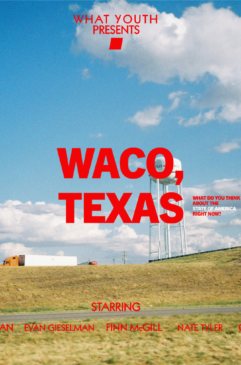
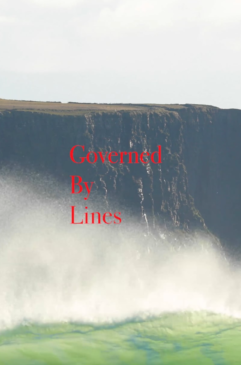
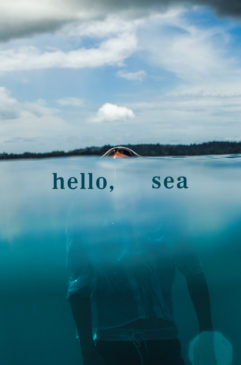
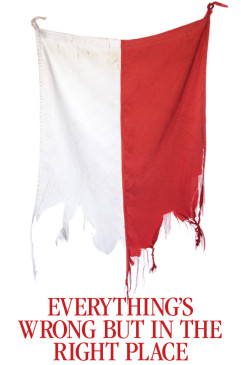
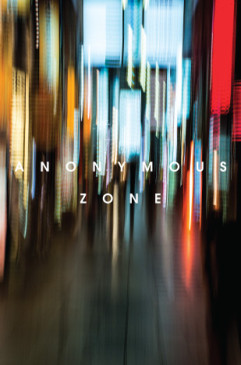
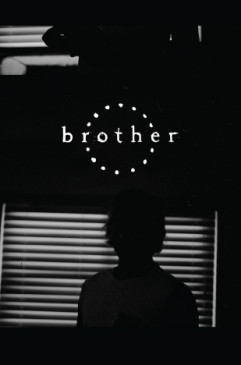
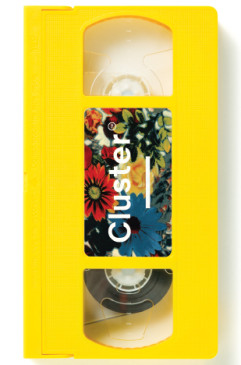
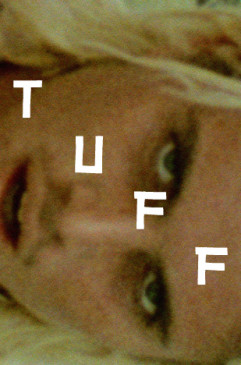
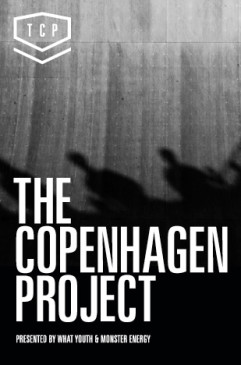
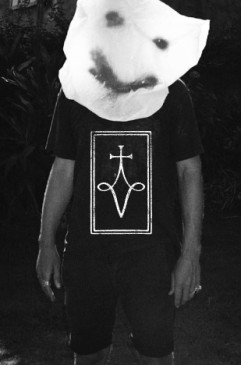
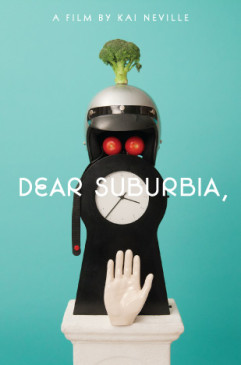
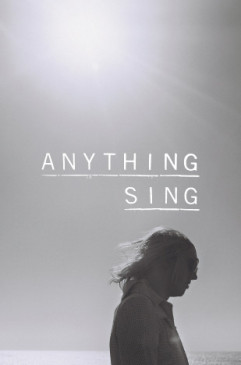


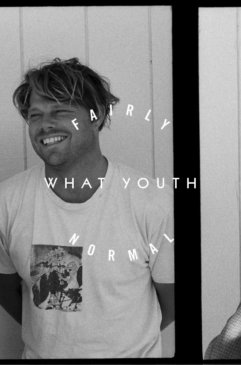
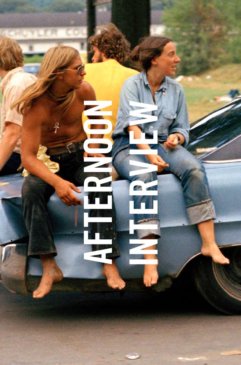
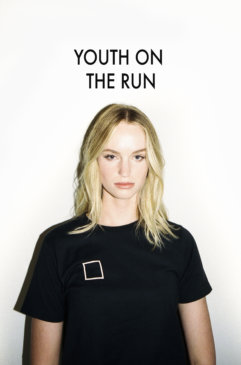
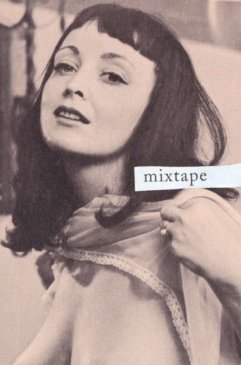
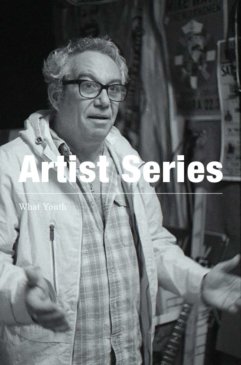
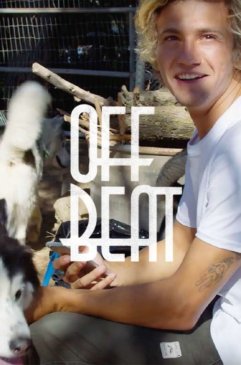
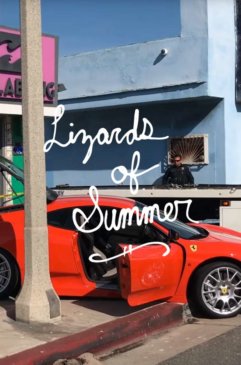
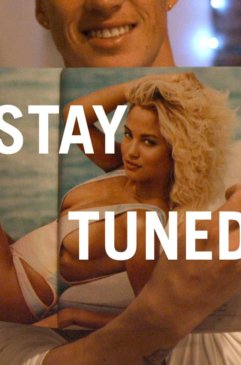
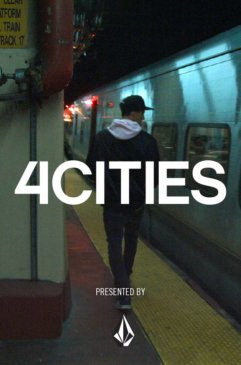
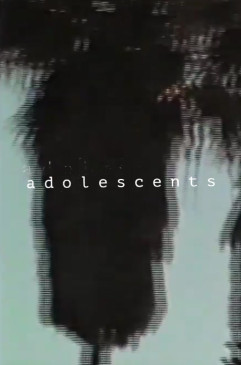
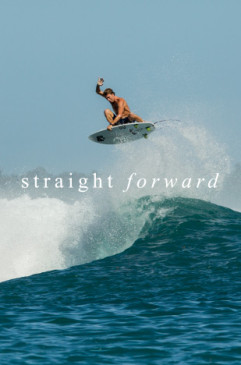
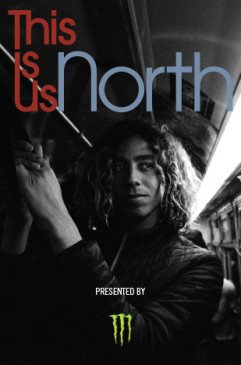
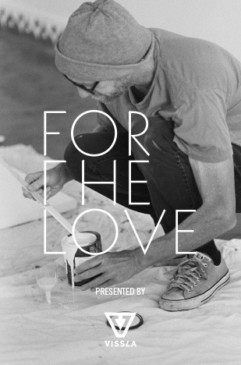
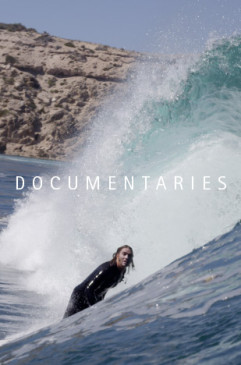
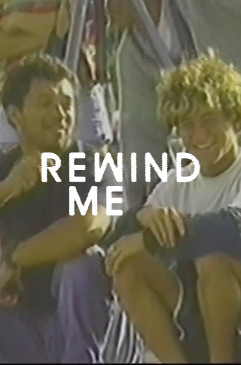
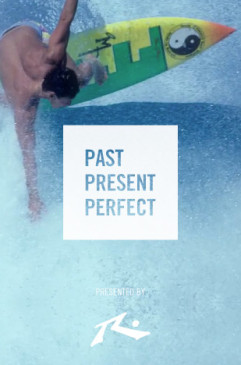
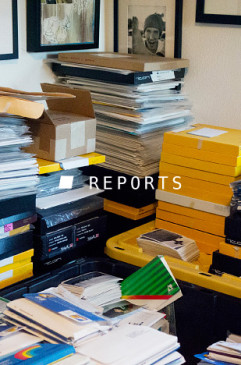
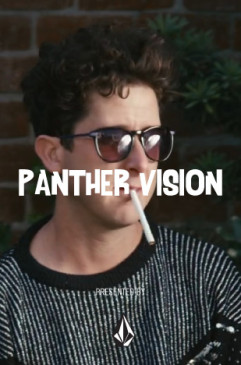
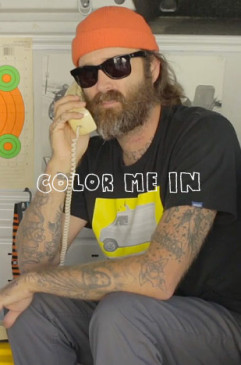
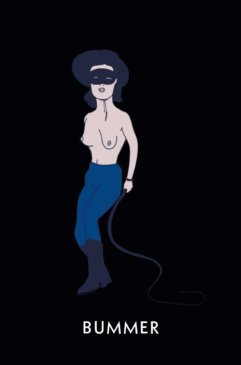
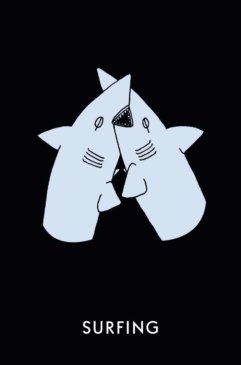
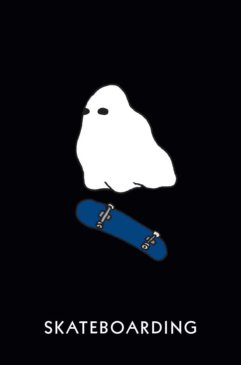
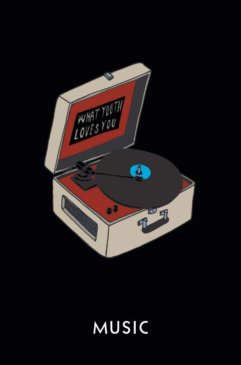
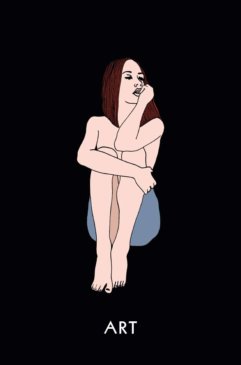
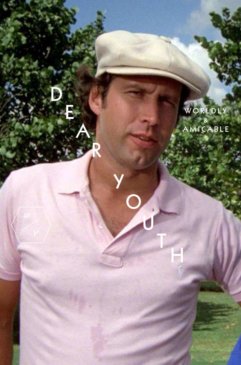
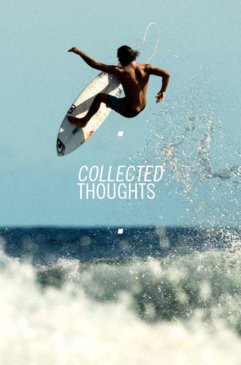


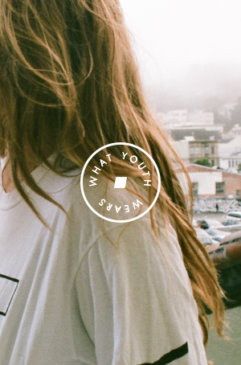

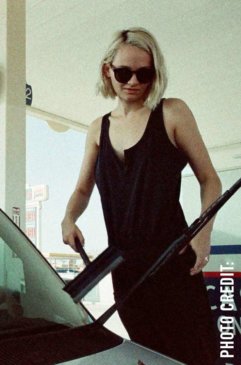


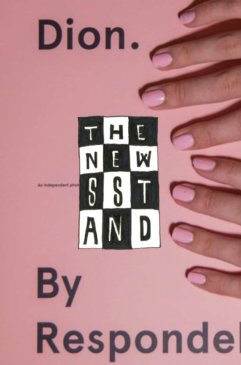
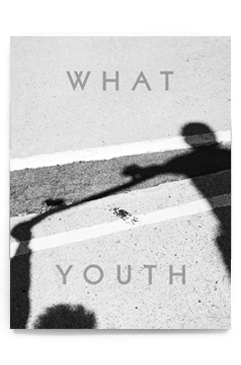
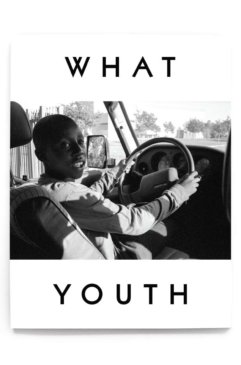
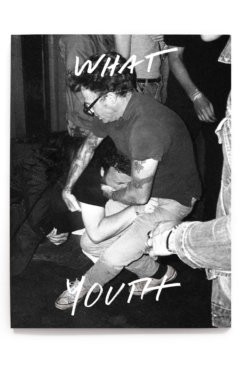
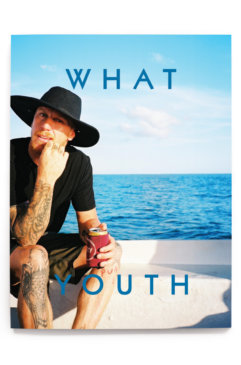
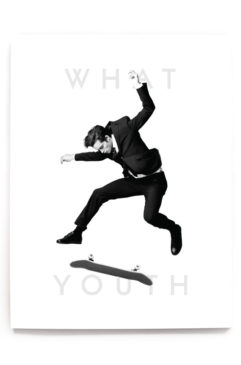
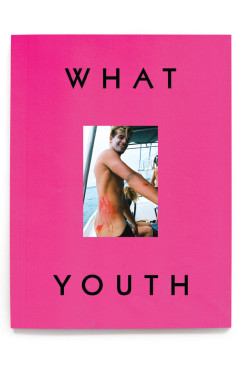
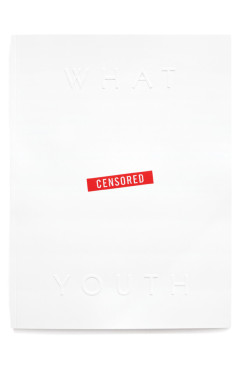
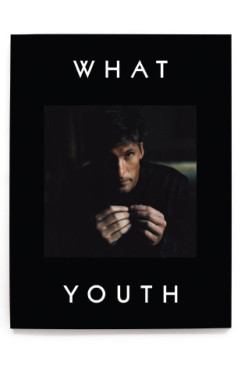
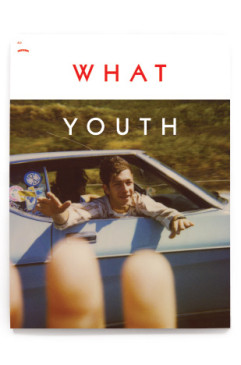
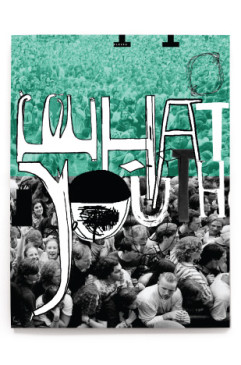
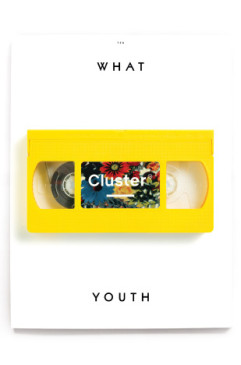
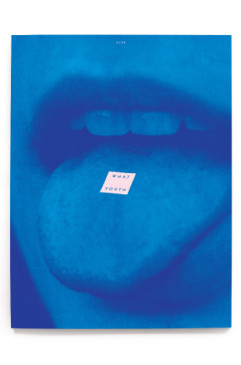
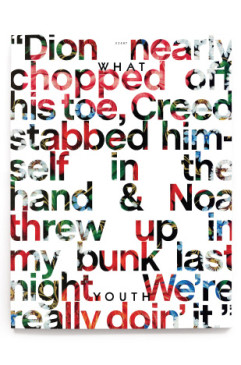
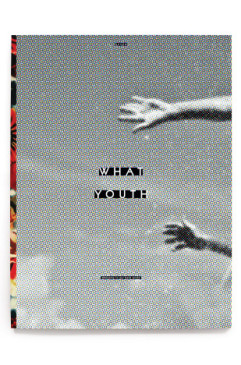
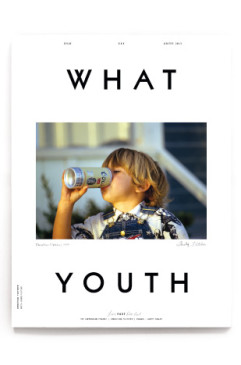
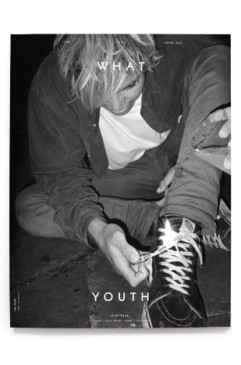
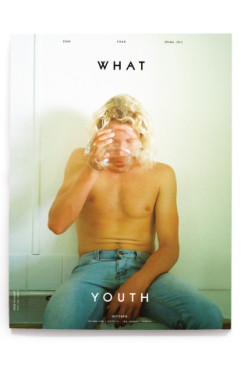
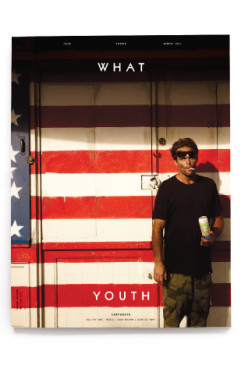
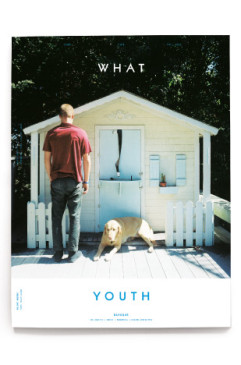
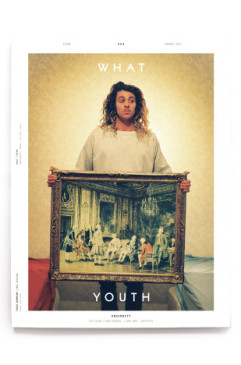
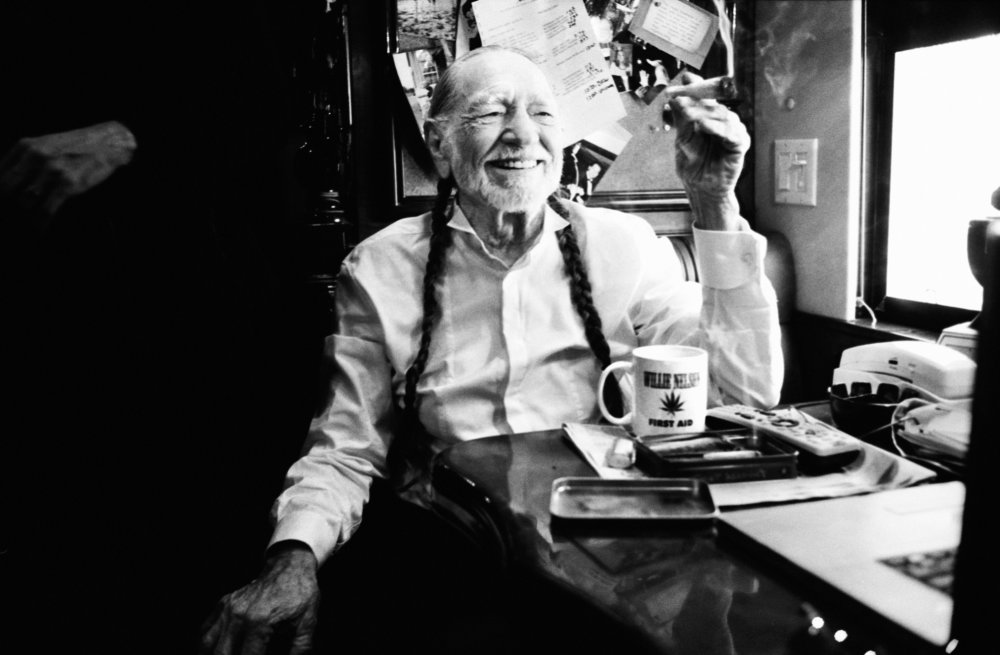
 NXT
NXT 
